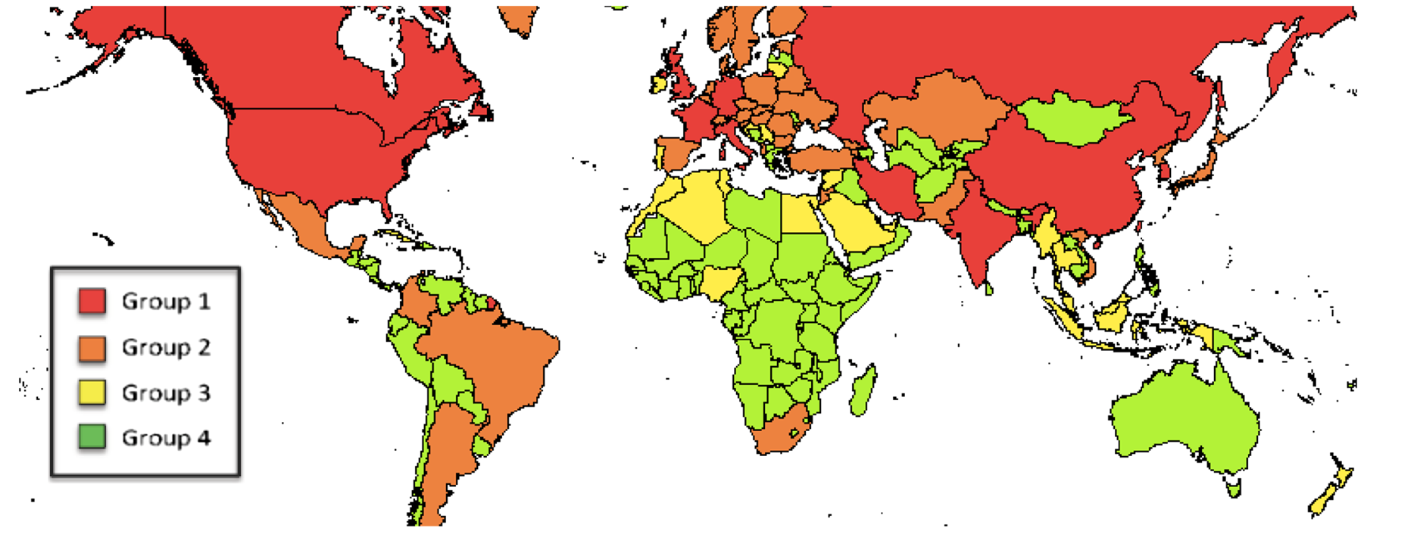Remote Detection of Emerging WMD Threats
Overview | People | Collaborators | Sponsors | Publications | Tools
Remote Detection Project
Nuclear, biological, and cyber weapons are major components of national security policy. We currently rely on case studies of individual threats to understand the international distribution of latent capabilities of weapons of mass destruction (WMD)- and typically look exclusively at commercial activity, scientific activity, or policy activity, without considering how these activities relate to other capabilities. Part of the problem of relying on these case studies is that the most interesting cases tend to be the outliers making it difficult to generalize policy. Many of these case studies also ignore the threat of multiple weapons of mass destruction, the analyses focus exclusively on nuclear issues, biological issues, or cyber issues.
We adapt Friedkin's socio-cultural model of influence and group dynamics to illustrate how countries are motivated to develop WMD using data on international hostilities, alliances, and expert opinion. We assess latent capabilities based on a country's scientific, commercial, and policy activity. After applying this approach, we develop a risk threat score for the country's nuclear, biological, and cyber capability, and use k-means to assess global trends and profiles in WMD development. By using this approach, we systematically consider all countries and do a joint analysis across the different technologies. We find that there are four broad profiles of countries: countries that invest heavily across all three technologies, countries that are invested in nuclear and cyber capability, countries that are solely invested in biological capability, and countries that are not invested in the three capabilities. These profiles provide a more holistic view of the threat landscape for policymakers.

Other resources
(right click to download)Research questions and objectives
2012 Poster (PDF)
2011 Poster (PDF)




